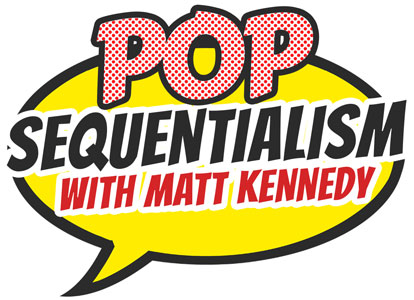
30 Apr Why Do Collectors Stop Collecting?
What makes a person decide to sell off their collection?
Changes to their living or work situation, financial hardship, and incarceration would motivate anyone, but in a larger sense I think that most people tend to upgrade over time. They upgrade their valuables and they upgrade their priorities, and at some point these things change places.
Even collectors who don’t think of themselves as investors or dealers reach a point where they accumulate more than they ever anticipated and decide to downsize. For some, that point could be reached with only a handful of pieces. Many collectors buy their first thinking it’s the only one they’ll ever want, but maybe later they have the opportunity to upgrade to a better example of their favorite thing, which leaves them with an extra, now less appreciated item. Others may enter the hobby by buying a complete collection in order to get the few pieces that they really want. Either situation can lead to years of constant accumulation and result in a collection of hundreds, thousands, or even tens of thousands of individual components. In the case of animation collecting a vast assortment of cels, dougas, gengas, hankens, and commissioned drawings becomes a custodial hardship, because these are all objects that degrade rapidly unless cared for properly. And let’s face it, it’s difficult to provide proper care for ten thousand easily damaged production elements.
Just as with comic books, baseball cards, tiffany lamps or sports cars there is an entry point. Rarely does someone get to own their Holy Grail on their first purchase, so they may accumulate in order to trade for the thing they truly want. In many cases the thing that would be an individual’s “white whale” (so to speak) is already owned by someone else. And odds are that if it is special to them it is special to someone else–to a lot of people, probably.
But unique things invoke unique emotions, so there is a flipside to this. Because the circumstance by which a person becomes interested in a thing are by their very nature unique, it is possible that one person’s lump of coal is another person’s Hope Diamond. And aesthetics change. Things I once thought I could never part with I sold when offered more than I valued them at (in the moment the deal was struck). Sometimes the condition of ownership changes. An object may represent a relationship that comes to an end, or the pop culture context of that object may shift into an area that makes the owner uncomfortable.
Or (and this must be said) the act of collecting for an individual may be merely transactional, and not an indication of any deep-rooted interest in the object or the intellectual property that it represents. Some hobbies are passions and some are just an excuse to pass the time.
As a person ages, their taste generally changes, but so does the intrinsic value they assign to objects. Expensive things become less personally treasured, and simple things gain elevated significance. And so a Botticelli on the wall comes to hold less appeal than the broken dime-store watch they received from their grandfather, or the pressed flower from their daughter’s wedding. And whether through time or intensity the total available joy is withdrawn from that object until it reaches someone else and that whole process starts anew.
If you have decided to stop collecting or just downsize your collection of anime, comic books, vintage toys, movie posters, MTG cards, published illustration art, or some other interesting, niche of pop culture, please reach out to Matt Kennedy.
Each of the artworks on this page comes from Matt’s personal collection and can be purchased by clicking on them.




No Comments